C1.4 create and describe patterns to illustrate relationships among whole numbers up to 50.
Activity 1: Describe a Number Pattern
Have students skip count by 5 from 0 to 20. Ask them to circle the numbers on a 50 grid.
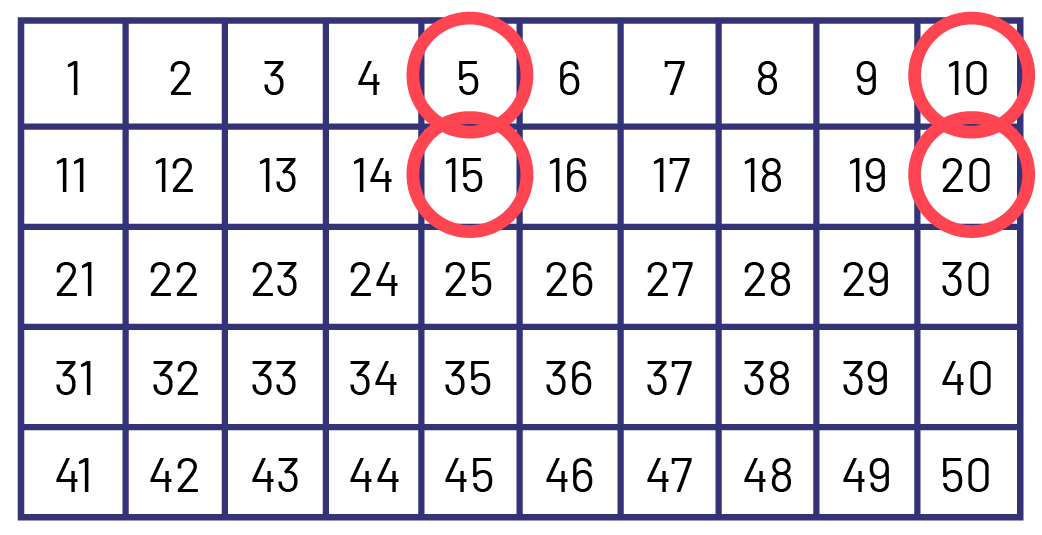
Ask questions such as:
- What do we notice when we analyze the 50 chart?
- When looking at the tens, what do we see? the ones? What is the relationship between the numbers?
- Is this a number pattern? Why is it a number pattern?
- What is the pattern rule? How do we know?
Following the analysis and observations that students have made, have them continue skip counting from 5 to 50.
Activity 2: Creating a Number Pattern while Representing the Relationships Between Numbers
Ask students to make an ordered list of addition facts for the number 6, using the 10 frame.
Examples
6 + 0 = 6
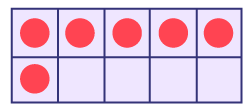
5 + 1 = 6
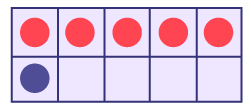
4 + 2 = 6
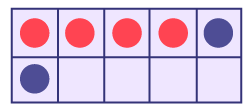
3 + 3 = 6
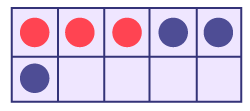
2 + 4 = 6
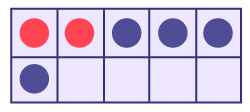
1 + 5 = 6

0 + 6 = 6
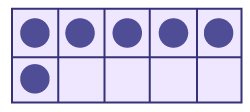
The ordered list can be summarized as follows:
6 + 0 = 6
5 + 1 = 6
4 + 2 = 6
3 + 3 = 6
2 + 4 = 6
1 + 5 = 6
0 + 6 = 6
Ask students the following questions:
- What do we notice when we analyze the ordered list of addition facts for the number 6?
- Are there any relationships between the numbers? If so, which ones? What are the patterns?
Referring to the ordered list of addition facts, ask students to create an ordered list of subtraction facts for the number 6. Ask them to share their work with the rest of the class. Then ask them to point out the relationships between the numbers and the patterns.
